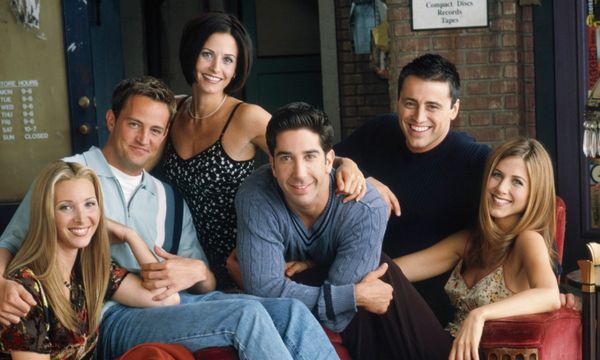During the end of March, The Lloyd International Honors College was planning a trip to the National Museum of African-American History and Culture. When I first saw the email regarding the application to attend, I felt an immediate urge to apply. I had only been to Washington D.C. one time and I was 10 years old. I do not remember much from this trip, but I have many meaningless pictures taken by 6th graders who attended just to get out of school. I knew that this trip to the National Museum of African-American History and Culture (NMAAHC), would be an engaging one and would stick with me for life.
As we arrived, I couldn't take my eyes off of the museum’s exterior. It was all bronze with an intricate design on each metal panel. Before we entered the museum, the Dean of our Honors College allowed us to discuss our expectations and reservations before entering the museum. There were a few supervisors and adults who had already toured the museum and shared their experiences with the students. They warned us how this museum can be a “emotional rollercoaster”. Their statement proved to be true.
The bottom floors of the museum were impactful. As I walked around these exhibits, I literally felt as if I was walking through time. I saw many things that have been referenced throughout many history classes, as well as things that I knew nothing about. I was able to see Harriet Tubman’s shawl and hymnal which she wore and carried with her throughout her journeys. I was able to keep my emotions together until I saw a map that was stained with brown blotches. As I crept closer, I began to read the description and it stated that the map had been in the shirt pocket of a black man before he was killed. The brown blotches were the blood stains that seeped through his shirt from his wound. To actually know that this map was used in antiquity, and stained with the blood of a black man resonated with me. After walking away from the map I couldn't help but think about how many black men are dying today from the hands of hate, prejudice, and racism.
The upper floors of the museum were uplifting. They had exhibits that were focused on music, education, sports, and various cultural aspects. My favorite floor of the museum was the floor titled “Cultural Expressions”. When I first reached this floor, I had to stop and take in everything that was going on around me. I heard poetry being read, African music playing, and art exhibits with the most exquisite pieces. They had major cultural items on this floor, such as hoop earrings and also a hot comb. This floor made me happy, and allowed me to realize how far we, as a culture and society, have come.
After we left the museum, we were allowed a few hours to debrief with other students and administrators. It took about a day for everything to sink in, and I realized how truly significant this museum truly is. I believe everyone should schedule a trip to this museum, and experience it for themselves.


















